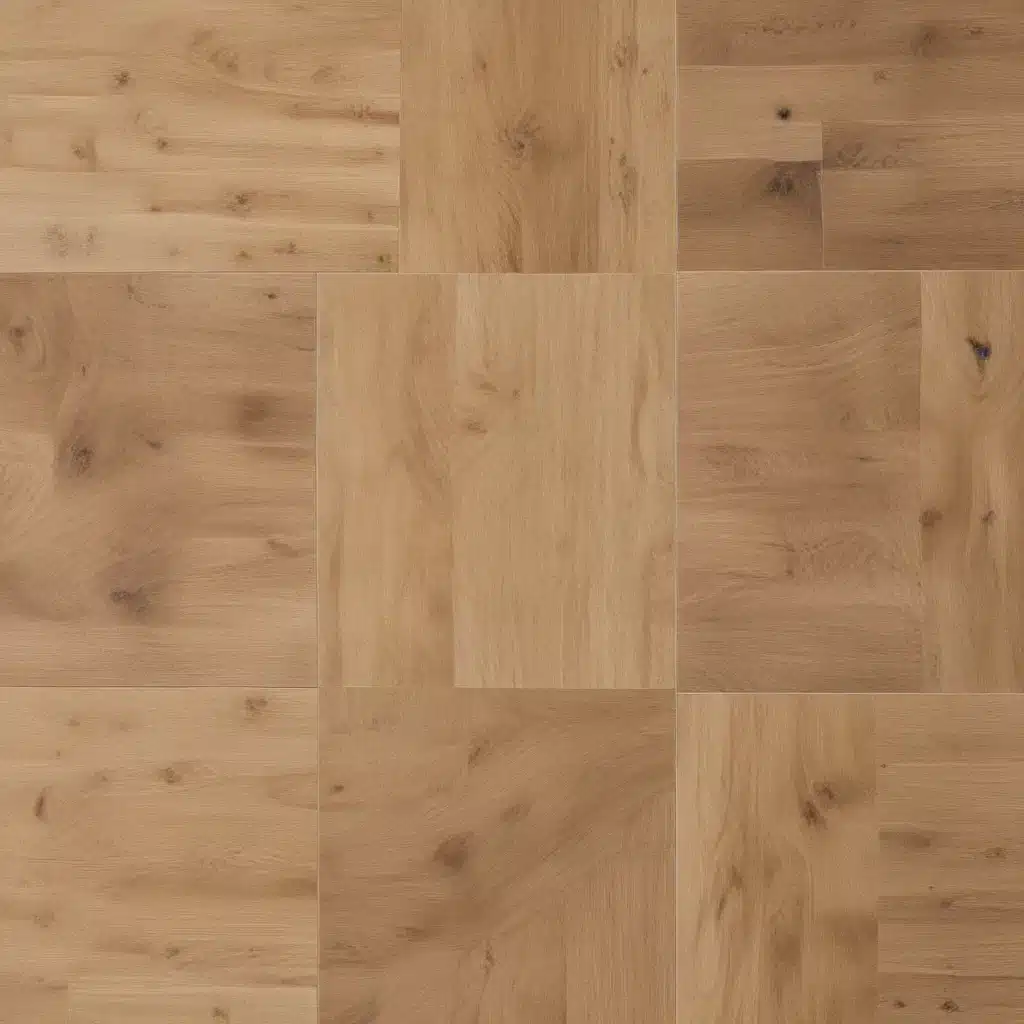In today’s eco-conscious world, making sustainable choices for your home renovation is more important than ever. When it comes to flooring, there is a rapidly growing selection of environmentally-friendly materials and production methods that can elevate both the style and sustainability of your space. As an experienced home improvement consultant, I’m excited to share some of the top sustainable flooring options to consider for your next project.
Natural and Renewable Materials
Perhaps the most obvious “green” flooring choice is one made from natural, renewable resources. Materials like cork, bamboo, and reclaimed hardwood offer beauty, durability, and a significantly reduced environmental impact compared to conventional options.
Cork Flooring: Harvested from the bark of cork oak trees, cork is a highly renewable and biodegradable material. It’s naturally resistant to moisture, mold, and insects, making it a practical choice for high-traffic areas. Cork also provides excellent thermal and acoustic insulation, helping to regulate indoor temperatures and reduce noise. Best of all, the cork bark can be harvested every 9 years without damaging the tree.
Bamboo Flooring: As one of the fastest-growing plants on the planet, bamboo is a prime example of a sustainable, eco-friendly building material. Bamboo reaches maturity in just 3-5 years, compared to the 20+ years required for traditional hardwoods. It’s also incredibly durable, with a Janka hardness rating comparable to or exceeding many hardwood species. Bamboo flooring is available in a variety of natural tones and can be engineered to mimic the look of wood.
Reclaimed Wood Flooring: For those who love the charm and character of real hardwood, reclaimed wood flooring is a fantastic sustainable option. By sourcing wood from old barns, warehouses, or even sunken shipwrecks, this flooring avoids the need for new tree harvesting. Reclaimed wood also has a unique, one-of-a-kind appearance that can’t be replicated. Just be sure to select wood from responsibly-managed sources.
Recycled and Repurposed Options
In addition to natural materials, there are now many innovative recycled and repurposed flooring solutions that reduce waste and lower environmental impact.
Recycled Rubber Flooring: Made from recycled tires, rubber flooring is an exceptionally durable and long-lasting option. It’s highly resistant to wear, stains, and moisture, making it ideal for high-traffic areas like gyms, playrooms, and commercial spaces. Rubber is also naturally slip-resistant and sound-absorbing, providing both safety and comfort underfoot.
Reclaimed Tile Flooring: Tile doesn’t have to be made from freshly-mined materials. Many manufacturers now offer reclaimed tile flooring, salvaged from demolished buildings or leftover scraps. These tiles often feature unique, one-of-a-kind patterns and textures that lend instant character to a space. Reclaimed tile is also extremely durable and easy to maintain.
Recycled Glass Flooring: For a truly unique and eye-catching sustainable flooring solution, consider recycled glass tiles. These tiles are made from repurposed glass bottles, windows, and other waste materials, giving them a vibrant, shimmering appearance. Recycled glass tiles are ideal for kitchens, bathrooms, and accent walls, adding a touch of modern, eco-conscious style.
Sustainable Manufacturing Practices
Beyond the materials themselves, it’s crucial to consider the production processes behind flooring options. Truly sustainable flooring should be made using renewable energy, water conservation strategies, and waste reduction initiatives.
Low-Impact Production Methods: Look for flooring manufacturers that power their facilities with solar, wind, or hydroelectric energy. They should also have robust water recycling programs and strategies to minimize waste, such as repurposing scrap materials. This helps to reduce the overall carbon footprint of the flooring you choose.
Ethical and Fair-Trade Sourcing: When selecting sustainable flooring, prioritize products from companies with transparent, ethical supply chains. This means sourcing materials from certified sustainable forests, fair-trade cooperatives, or local community-based producers. Avoiding exploitative labor practices and deforestation is key to ensuring true environmental and social responsibility.
Durability and Longevity
Sustainability isn’t just about the materials used – it’s also about the long-term performance and lifespan of your flooring. Opt for durable, long-lasting options that can withstand heavy use and be easily maintained or repaired.
Long-Lasting Material Selection: Hardwood, luxury vinyl tile (LVT), and engineered hardwood are all excellent choices for their exceptional durability and ability to be refinished or repaired over time. These floors can easily last for decades with proper care, reducing the need for frequent, resource-intensive replacements.
Maintenance and Repair Considerations: Look for flooring that is easy to clean and requires minimal upkeep. Many sustainable options, like cork and bamboo, are naturally resistant to stains, scratches, and moisture. Consider the availability of repair and refinishing services in your area, as this can significantly extend the life of your floors.
Environmental Impact and Certifications
Ultimately, the most sustainable flooring is the one that balances environmental responsibility, longevity, and personal preference. When evaluating options, consider the full lifecycle impact, from production to disposal.
Reduced Carbon Footprint: Prioritize flooring with low-emission manufacturing processes, minimal transportation requirements, and the ability to be recycled, repurposed, or composted at the end of its useful life. This helps to minimize the carbon footprint of your renovation project.
Third-Party Sustainability Certifications: Look for flooring that has earned third-party sustainability certifications, such as LEED (Leadership in Energy and Environmental Design), FSC (Forest Stewardship Council), or Greenguard. These designations indicate a commitment to environmental stewardship and human health.
By considering these sustainable flooring alternatives, you can transform your living space while minimizing your environmental impact. Whether you’re drawn to the natural beauty of cork and bamboo or the innovative recycled options, there’s an eco-friendly flooring solution to suit every style and budget. For more inspiration, be sure to visit Reluctant Renovator – your go-to resource for sustainable home improvement projects.




